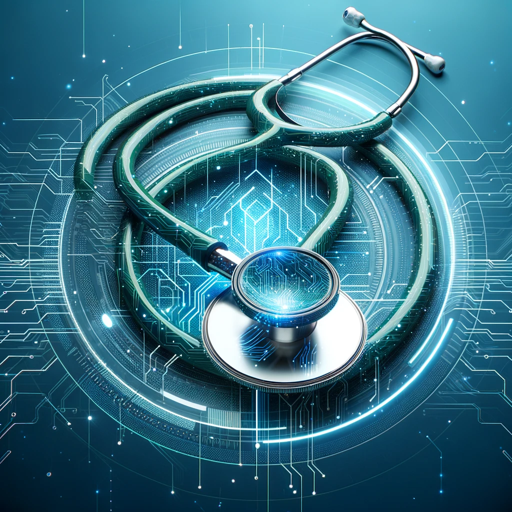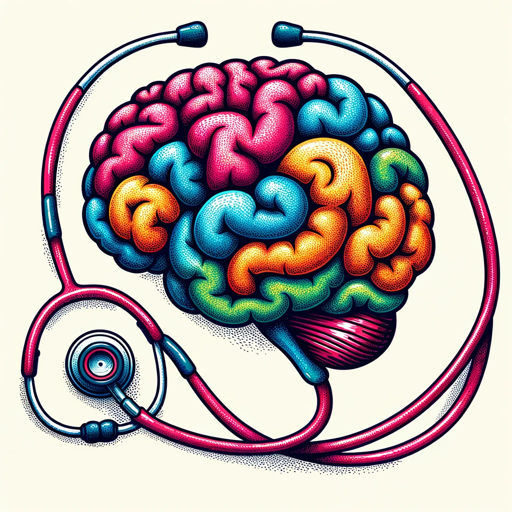USMLE High Yields-high-yield USMLE prep tool.
AI-powered USMLE study aid.
Related Tools
Load More
AI for Medical Students
Medical Study AI aids in Medical Assistant learning, AI for Medical Students, understanding Medical Terminology, navigating Medical School, and Molecular Biology concepts. It's an essential tool for medical education and knowledge.

USMLE Step 1 Study Buddy
Straight to the point high yield info with mnemonics and buzzwords for USMLE Step 1.

Dr. Hoot - Medical Study Buddy
Wise, friendly, and efficient USMLE Step 1 & 2 study aid.
AnKing Expert
Provides answers from AnKing Medical flashcards

Clinical Medicine Handbook
I support doctors and nurses to synthesize information, conducting comprehensive reviews of medical literature, presenting treatment alternatives, offering guidance on diagnoses, patient education resources, ethical challenges, and ensuring awareness of a

Medical School Exam AI
AI Prep for medical school exams including all USMLE exams
20.0 / 5 (200 votes)
Introduction to USMLE High Yields
USMLE High Yields (UHYY) is a specialized educational tool designed to provide concise, high-yield facts for USMLE preparation. It focuses on essential topics using abbreviations, symbols, and buzzwords, ensuring efficient learning. Examples: For biochemistry, UHYY summarizes pathways (e.g., glycolysis: Glucose → G6P → F6P → F1,6BP → GA3P → 1,3BPG → 3PG → 2PG → PEP → Pyruvate). For pharmacology, it highlights key drug mechanisms (e.g., β-blockers: ↓HR, ↓BP).

Main Functions of USMLE High Yields
High-Yield Summaries
Example
Pathways, drug mechanisms, disease processes
Scenario
Quickly review glycolysis, Krebs cycle, or pharmacodynamics before exams
Concise Facts
Example
Acronyms, symbols
Scenario
Memorize key concepts like MEN syndromes: MEN 1 (3Ps), MEN 2A (2Ps, 1M), MEN 2B (1P, 2Ms)
Pathway Visualization
Example
Biochemical pathways with arrows
Scenario
Understand step-by-step reactions in metabolic pathways (e.g., urea cycle: NH3 + CO2 → Carbamoyl phosphate → Citrulline → Arginosuccinate → Arginine → Urea)
Ideal Users of USMLE High Yields
Medical Students
Students preparing for USMLE Step exams. UHYY helps in efficient revision of high-yield topics.
Residents
Medical residents needing quick reviews of clinical pathways and mechanisms.

Using USMLE High Yields
Visit aichatonline.org
Free trial w/o login or ChatGPT Plus.
Access resource docs
Foundational medicine, clinical knowledge.
Use interactive tools
Q&A, practice scenarios.
Apply high-yield facts
For exam prep, quick review.
Follow updates
Stay current w/new info.
Try other advanced and practical GPTs
Fortbildung aiMOOC
Empowering Educators with AI-driven Learning.

Scholar Elite
AI-powered insights for academic research
Destiny - AI Astrology
AI-Powered Precision for Your Future

Vision Coach
AI-powered tool to visualize your goals.
Dropshipping Assistant HTML
AI-powered HTML generator for Shopify.

Simple Spanish Translator
AI-powered simple Spanish translations

Vet: Dog & Cat
AI-Powered Pet Care Solutions.

Product Designer
AI-Powered Futuristic Item Designer

GPT Builder - Julius
AI-powered solutions for your problems.

Postgres Expert
AI-powered PostgreSQL Assistance

Nala, Assistente de Conteúdos da Carol.
AI-powered content creation for entrepreneurs.

Full Stack Web Dev Mentor
AI-Powered Web Development Mentorship

- Exam Prep
- Quick Reference
- Diagnostic Aid
- Clinical Review
- Pathway Analysis
USMLE High Yields Q&A
What is USMLE High Yields?
Tool for concise medical study facts, pathways, and practice.
How to use it for USMLE prep?
Review high-yield facts, practice scenarios, and Q&A.
What topics are covered?
Foundational medicine, clinical knowledge, biochem pathways.
Can it help with diagnosis?
Yes, provides diagnostic methods, treatments, and key processes.
What makes it unique?
Concise, high-yield facts, acronyms, and symbols for quick study.